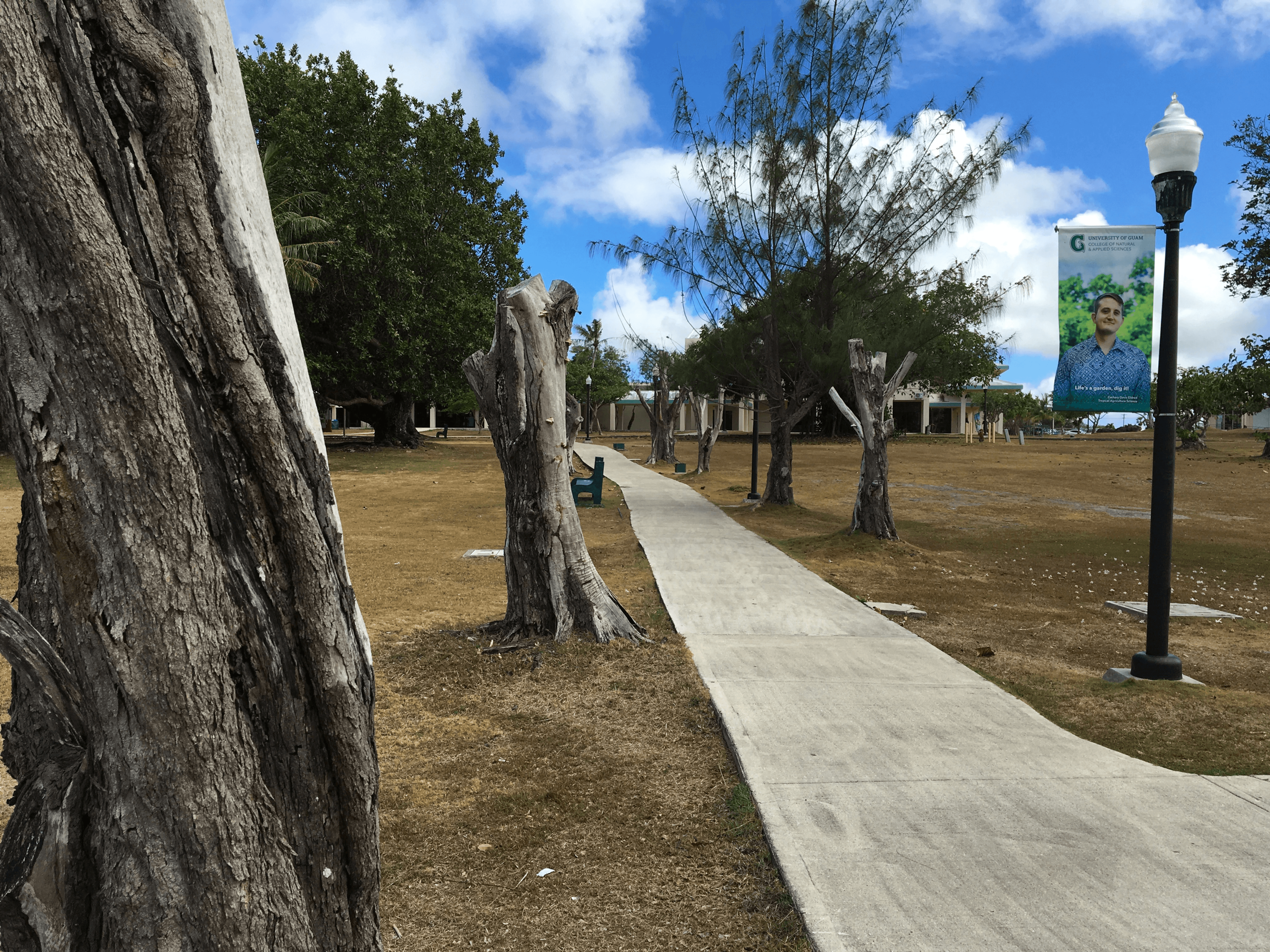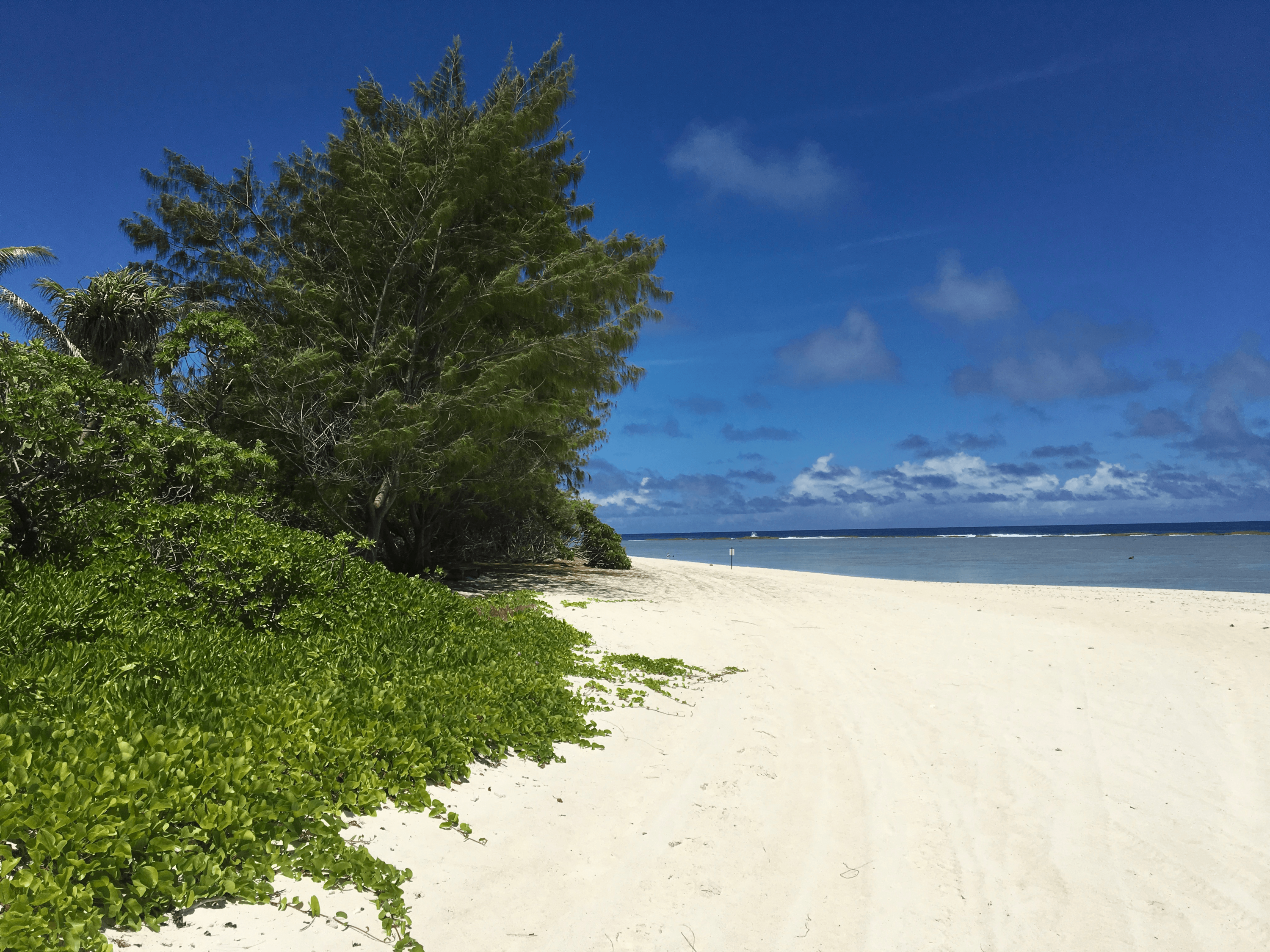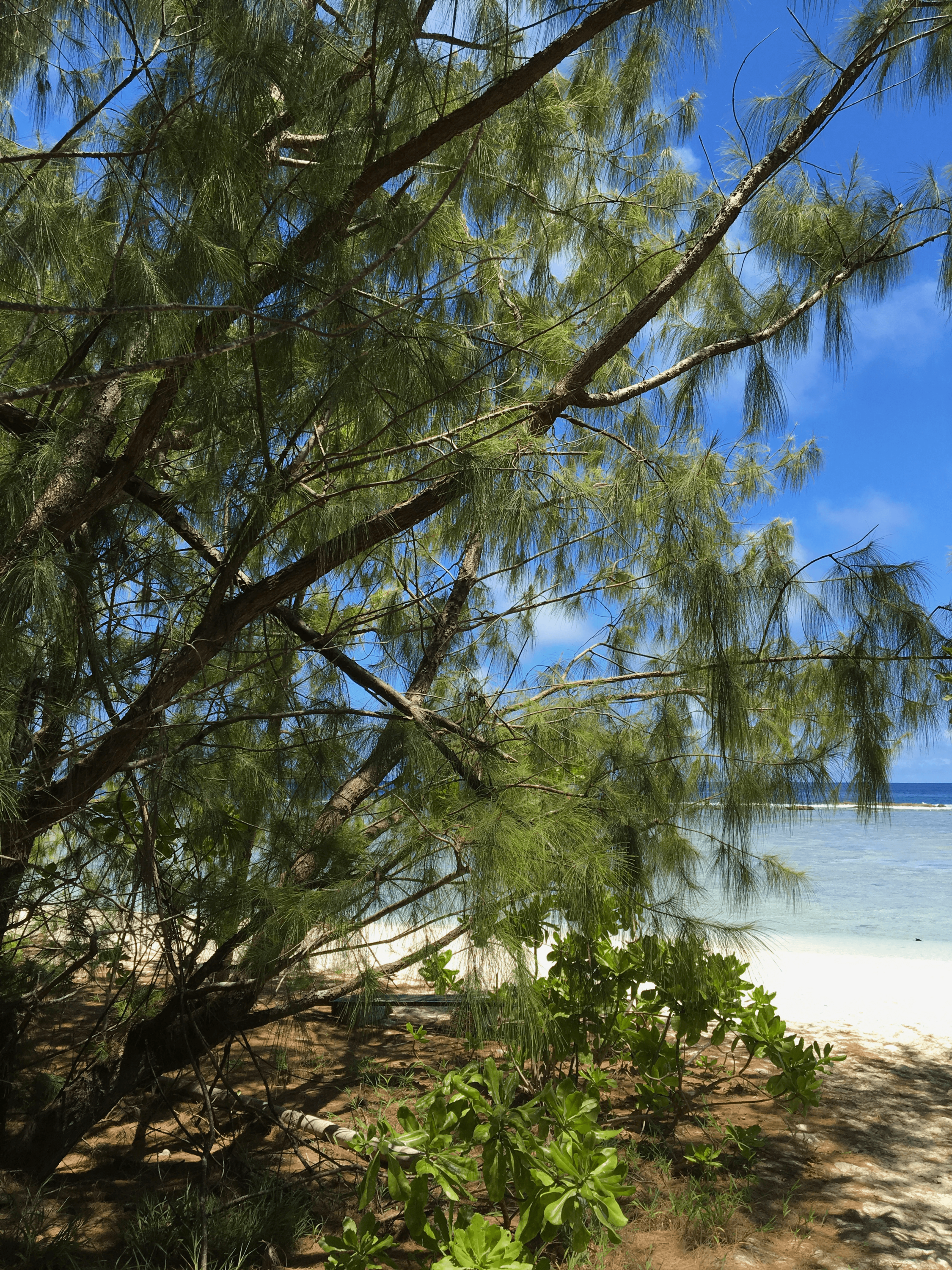Protecting the Trees that Protect Guam

At first glance, cucumbers, sea turtles and bananas don’t have a lot in common.
But on the island of Guam in the western Pacific, all three of those species are protected in one way or another by ironwood trees, a type of evergreen native to Australia. On Guam, though, many of those trees are dying, under attack by a bacterial disease normally found in vegetables.
Figuring out all the causes of the ironwood decline, as the tree die-off is called, has been slow, but fortunately the spread of the disease has also been slow and the damage to date has been limited.
“This is not a plague,” explained University of Guam plant pathologist Robert Schlub. “This is a disease that can be managed.”
But it is important that it be managed right.
Importance of Ironwood
While not native to the island and considered a nuisance and invasive tree in some other locations, ironwood trees in Guam play an important role as windbreaks and by providing erosion control on a protected stretch of beach where sea turtles nest.
As windbreaks, the hearty trees – which typically grow 20 to 60 feet high – do double duty.
“They block the trade winds, which are dry,” Schlub said. “If you slow those down, you reduce evaporation on your plants, and many of the common crops we grow, cucumbers, bananas and papaya, all use a lot of water.”
Reducing water use is especially important for growers on Guam. The majority of Guam farmers use expensive municipal drinking water to irrigate, as private wells are not permitted.
As windbreaks, ironwood trees also provide protection from the tropical storms that frequently batter the island.
“Winds speeds of 45, 50 miles an hour are enough to start knocking down banana plants,” Schlub said. “If you have a windbreak and can reduce those speeds just 15 miles an hour or so, you can have a crop that year when others will have totally lost theirs.”
And on the northern tip of the island, in a wildlife refuge, a thick stand of towering old ironwoods serves another function.
“This is an area where sea turtles nest and the trees play a role in that,” Schlub said. “Ironwood trees exist here because they are adapted to salt spray, resistant to disturbance, and quickly reestablish if they are disturbed. The trees protect the shore, and without the trees the beach here would be much wider. And the turtles would have to go much farther to find a place to nest, and newly hatched turtles would be exposed for much longer making their way to the sea.”

A Complex Disease Complex
Ironwood decline was first noticed on Guam several years ago, but pinpointing a cause hasn’t been easy. Schlub has identified pathogens associated with the tree dieback but hasn’t established a clear cause-effect relationship.
“We have to two agents involved that we've correlated with disease and that's the presence of the Ralstonia bacteria that causes bacterial wilt in a number of crops and plants,” Schlub explained. “And the other we found is a fungus that rots the inside the trees. It's a Ganoderma. We found this in higher amounts in declining trees, but there's not an absolute one-to-one relationship. And there are some trees in serious decline that have neither one of those organisms.”
The Western Integrated Pest Management Center provided some initial funding to support Schlub’s research, and he recently received a grant from the Western Sustainable Agriculture Research and Education program to continue studying the dieback.
“The research section of the grant will focus on the disease spread,” he said. “For instance, we know termites feed on the tree and the termites have a gut content of many bacteria, so we're going to check the guts of termites and see if perhaps they are moving the Ralstonia bacteria. If so, then we know one of the ways of reducing the impact of this disease would be reducing the impact of termites.”
A second part of the grant is to expand the diversity of the ironwood trees on Guam.
“We feel that by bringing in trees from other from other areas of the world, especially trees have been selected for resistance, maybe we can find some new cultivars people can use on Guam,” he said. “We'll be planting 700 trees across Guam consisting of at least 10 cultivars.”
Schlub said the project will not only provide valuable data on the types of trees that work on Guam, it’ll restore some of the benefits lost during the die back.
“We’ll be working with farmers, golf courses and landscape people to replace trees dying in their windbreaks with other cultivars. We'll educate people on how to plant trees and we'll provide trees.”
